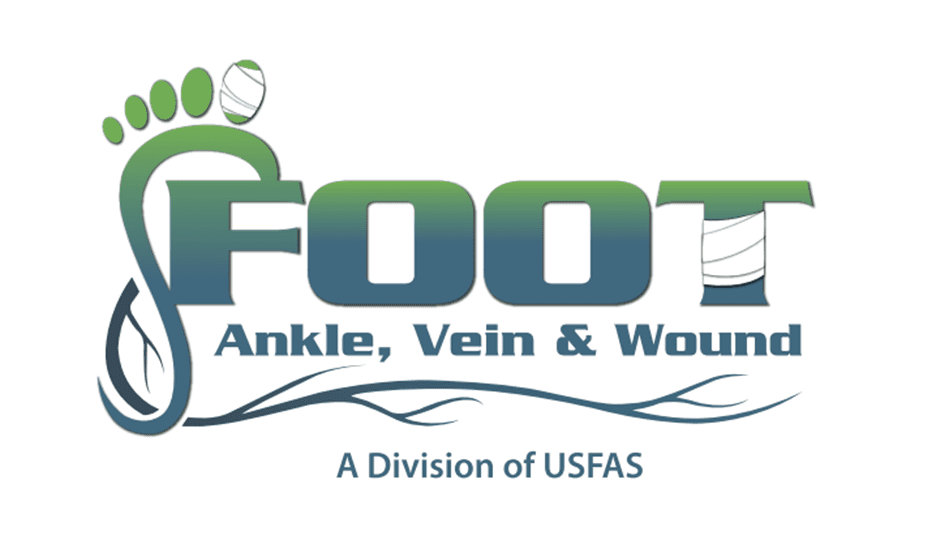
“Gait” might be an unfamiliar term for you.
When you hear the word “gait”, you might think of bait or a disease or just a misspelled way of naming that fence that borders your front yard.
However, your “gait” belongs to you. It is a medical term for the way you walk.
Improving your gait or the way you walk can be the solution for a lot of physical problems you might have, like extra stress in your joints, decreasing the possibility of ligament damage, and overall reducing the risk of injury.
Even though you’ve been walking a certain way since birth and it’s been working for you this whole time you might be surprised to know that there are a few things that can be “wrong” with it.
Here are some gait abnormalities:
- Propulsive gait: When your back is curved, with your head and neck bent forward.
- Scissors gait: You might look like you are slightly crouching with your legs crossing like scissors.
- Spastic gait: If you drag your feet while you walk, usually this means one side is stronger than the other.
- Steppage gait: Where your toes will scrape the ground when walking.
- Waddling gait: A duck-like walk.
The reason why you may have an abnormal gait is possibly because you lack in one or all three of these things:
- You might not have an adequate range of joint mobility.
- You might not have appropriate timing while you walk.
- You might suffer from some sort of impaired sensory input.
If you have issues in your muscles or a weakness in your hips, knees, plantar flexors or dorsiflexors, you’ll definitely have trouble developing a proper gait.
What Major Injuries Can Gait Training Help?
If you have suffered from a major injury, like a spinal cord injury, you will most likely have to learn how to walk again. Gait training will definitely be part of your physical therapy (or should be) program to help you learn how to walk again—properly.
If you have had any of these injuries or ailments, you will most likely benefit from gait training:
- A spinal cord injury
- A broken leg or pelvis
- Joint injuries, surgeries or replacements
- Any type of lower limb amputation
- A stroke or neurological disorder
- Muscular dystrophy or a musculoskeletal disorder
What should you expect?
Once you will be released to start walking, gait training will help you through the process. Working with a trainer or a partner is in your best interest since they will be able to help support your body weight, provide stability, and offer other assistance while you’re doing your exercises.
You will need to strengthen your muscles—so prepare to work hard on those physical therapy exercises. Some of the most common gait-training physical therapy exercises simply involve basic walking movements, like stepping over objects, lifting your legs, sitting down, and standing back up again. However, it even though it may seem quite mundane, re-learning how to do these movements properly will be the first step in perfecting your gait.
Of course, as you move forward with your program, the intensity and duration of your training will also depend on you and how you progress.
Aside from exercises, there are a few things you can do to not only improve your gait this coming year but also inadvertently improve your foot health.
If you are going to be walking anywhere for errands, allow yourself plenty of time to gather there.
While going about your day, make sure that you have appropriate shoes and clothing.
If your doctor prescribes you with leg braces or in-shoe splints to correct your foot alignment—make sure you are wearing them!
If you need help with balance at the beginning of your training, use a cane or walker.
Regularly check your skin, especially your feet for skin breakdown and ulcers.
Consult with a podiatrist about your footwear. You might need to get new shoes that have an even “wear” across the sole. This will help with distribution of weight.
Take a look at a full-length mirror as you walk. While you walk, observe your movements to see if you are walking out of line or imbalanced.
Especially working with your doctor, you can either work on your own or with a therapist or orthotist to not only possibly have customized shoes or inserts made for you but also learn the exercises to help improve your gait.
These exercises may include balance exercises—which is overall, never a bad idea. Some balance exercises include short squats while holding onto a chair or table, knee kicks and then leg kicks. You can also do sideway leg lifts while keeping your torso immobile to work on your core and abductor/adductor strength. There might be certain exercises that your physical therapist or also your doctor might assign you.
Work with a partner to help work on your balance once your gait improves. Try balancing on one foot and try tapping your partner or have your partner tap you around to see if you lose balance. This will help develop your core and work on the way your lower body moves with the rest of your body.
Working on your gait in 2019 will help you live a better life—physically.
While you’re working on all these exercises, not only will your muscles and joints get stronger, but also your balance and posture will improve, you will build your endurance, you’ll be retraining your legs, and it will overall reduce the risk of falls or injuries. And contact us with any questions that you have!

